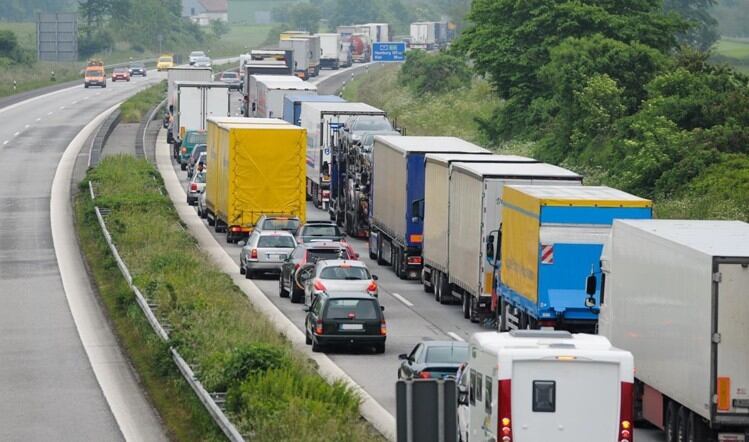Of course, COVID-19 hasn’t been the only disruptor of supply chains. Businesses have also had to deal with Brexit, the escalation of trade wars, availability issues, the cost of ocean shipping, and the increasing incidence of cyber attacks to name just a few recent events.
Never before have the criticality of supply chain and logistics to overall business performance and indeed, business continuity, been so starkly brought into focus.
Not surprisingly, supply chain resilience has subsequently escalated up the list of strategic priorities. Companies are responding to this in a number of ways. These include sourcing and supplier reviews, shortening of supply chains and reshoring, moves to greater levels of automation and robotics to minimise the impact of labour, decentralised logistics networks to avoid single point of failure, and just-in-case versus just-in-time mentalities.
Decentralised or centralised logistics?
This change of thinking will create interesting trade-off challenges for businesses. For example, whether to opt for the lowest possible purchase price, or the spreading of volumes across a number of suppliers. Or, looking at widening demand channels as opposed to limited channel strengths. Do companies prioritise decentralised logistics networks with higher costs and more complexity, or centralised networks with a single point of failure?
When considering these challenges, the starting point is establishing a clear understanding of your end-to-end supply chain, including your supplier network, and from there to identify key risks, improvements and efficiencies that could be made and their costs.
Fully understanding the end-to-end supply chain is not at all easy. Recent ethical challenges faced by businesses in the fashion industry are a pertinent example of just how difficult it can be.
However, its critical importance cannot be overstated. Whether achieved independently or with the support of external experts, businesses that begin working towards this end will set themselves in good stead to thrive over the coming months.
Dave Howorth is executive director at international supply chain consultancy SCALA.




